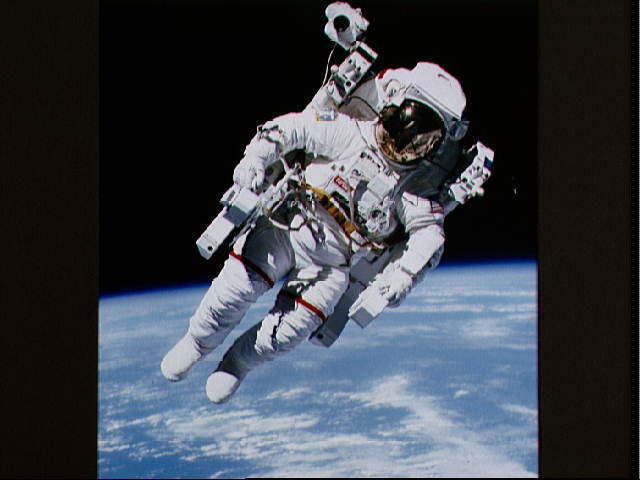Three space-related items in today’s blog!
First, NASA is accepting votes and suggestions for naming Node 3 of the International Space Station (ISS). (Hat tip: Eric James Stone.) The four candidate names are Earthrise, Legacy, Serenity, and Venture. Quick, FIREFLY fans: which one do you think is winning? Here’s the link for casting your vote. (Voting ends March 20th, and the selected name will be announced in April.)
Second, five years ago today — February 26, 2004 — the ISS Expedition 8 crew made the first spacewalk outside a space station without a human crewmember inside. That is, C. Michael Foale and Alexander Y. Kaleri, the only two station inhabitants, were both outside the station at the same time.
Third, Spaceflight Now ran a piece based on a University of Arizona press release that, in my opinion, needed a little scrutiny. Entitled “Scientists find asteroids are missing, and possibly why”, the article makes two incredible claims in one paragraph:
[They] looked at the distribution of all asteroids with diameters greater than 50 kilometers, or about 30 miles. All asteroids of this size have been found, giving the UA researchers an observationally complete set for their study. Also, almost all asteroids this large have remained intact since the asteroid belt formed more than 4 billion years ago, a time record spanning all but the very beginning of solar system history.
First, how do we know that all asteroids larger than 50 km have been found? That’s a very definitely-worded claim. If it said “most” I would have no issue, but I’m skeptical. Second, I’m skeptical of the “almost all” claim as well, because there’s no way to say that the smaller asteroids we observe today weren’t once bigger asteroids that broke apart. Certainly the known 50 km asteroids have remained intact — we know that because they’re, well, intact — but to extrapolate that “almost all asteroids this large have remained intact since the asteroid belt formed” seems a big stretch. Am I missing something?










